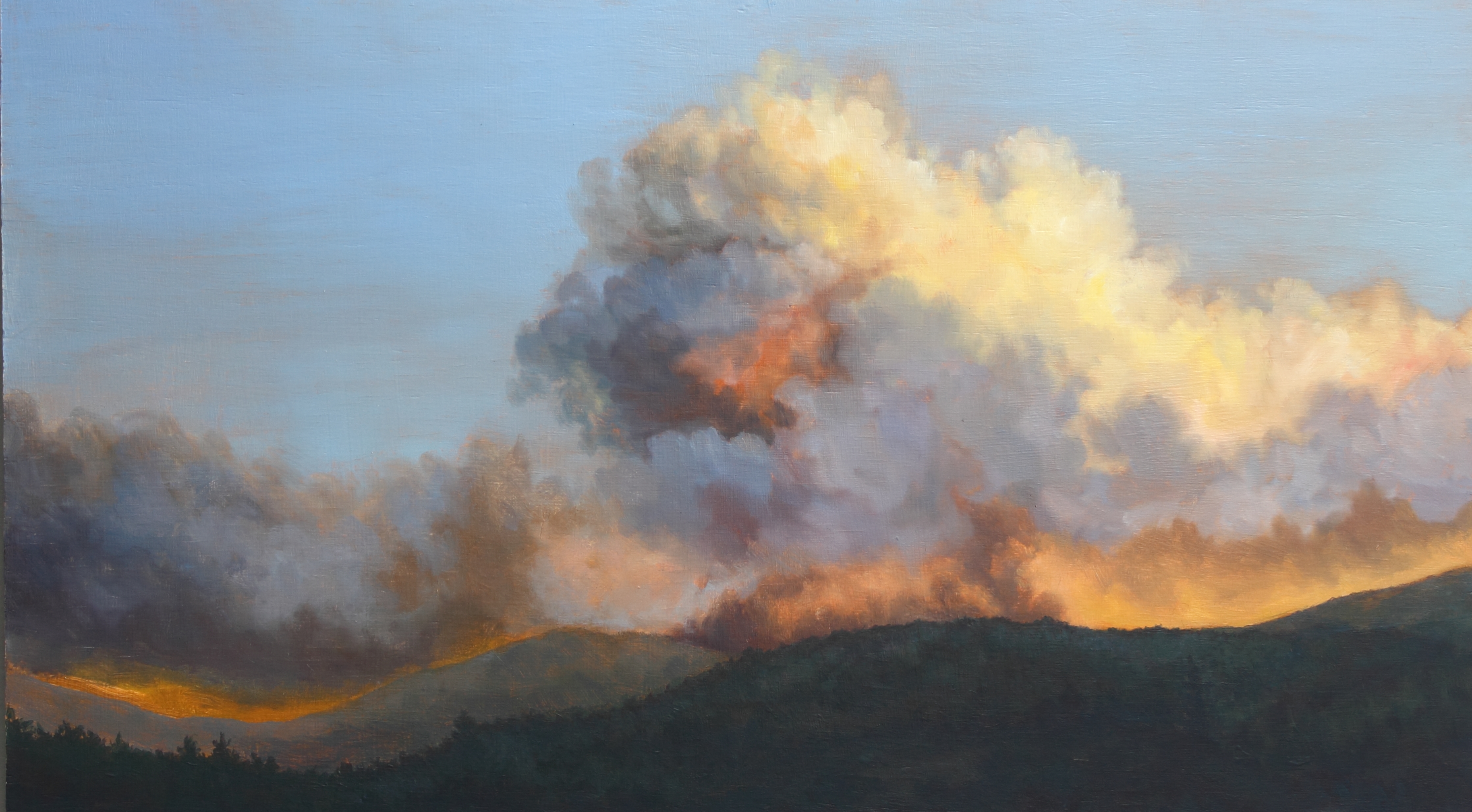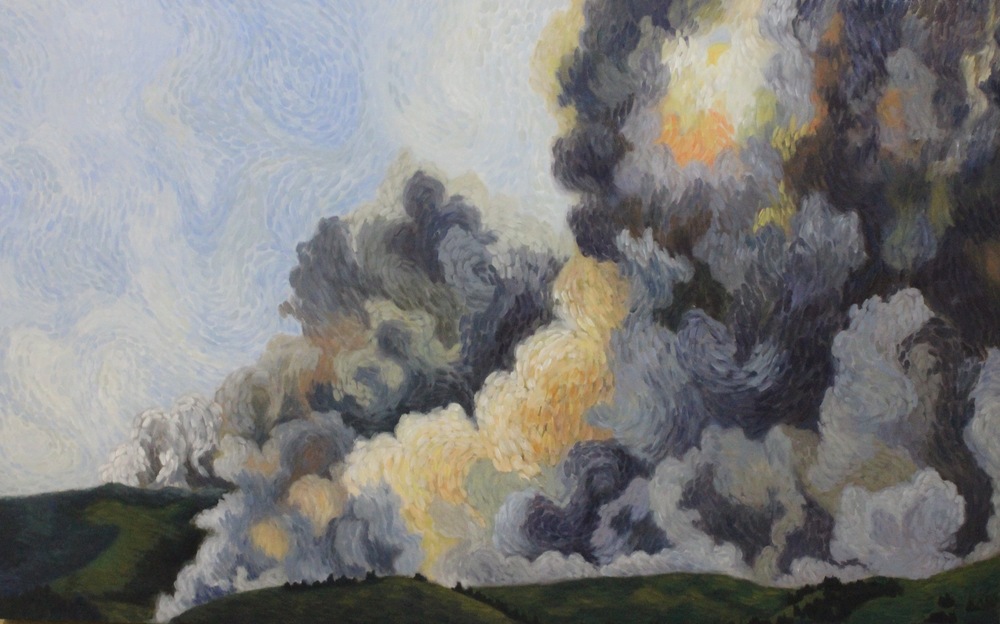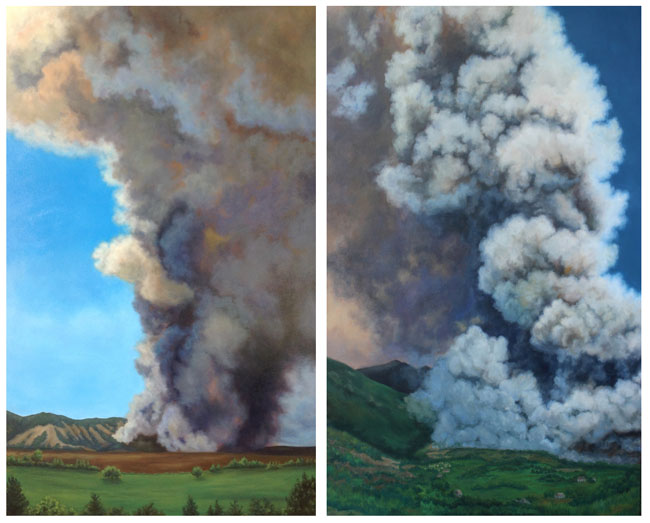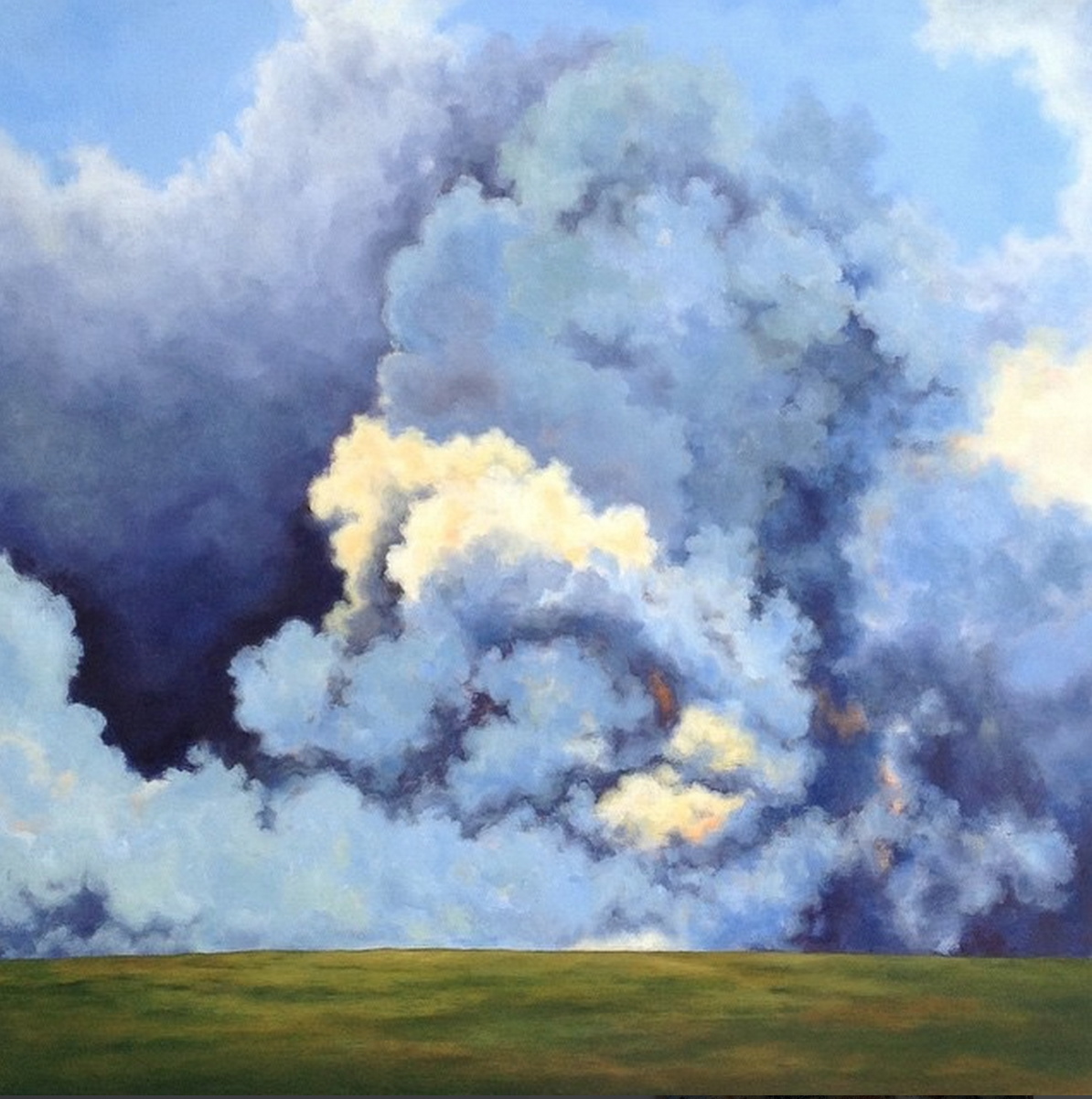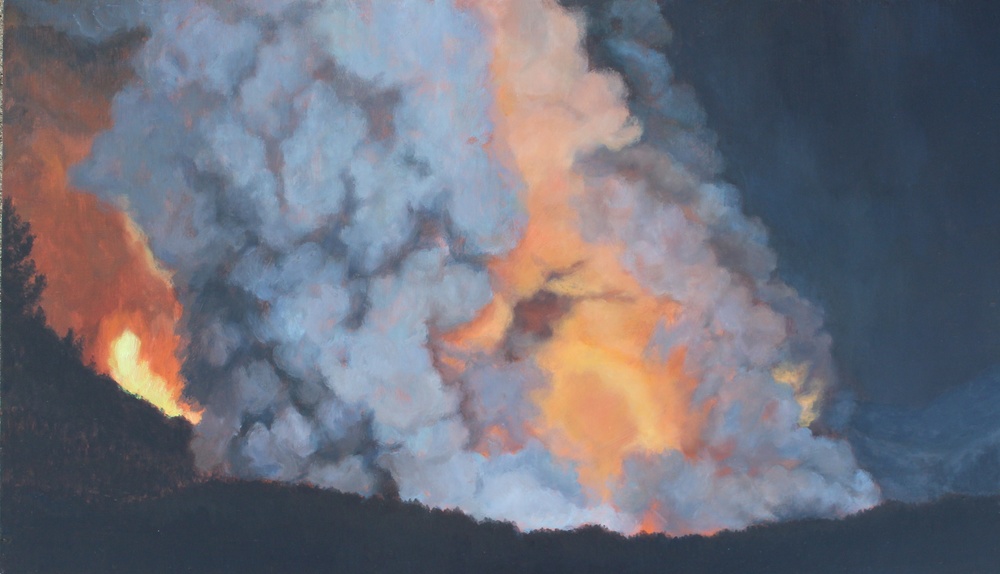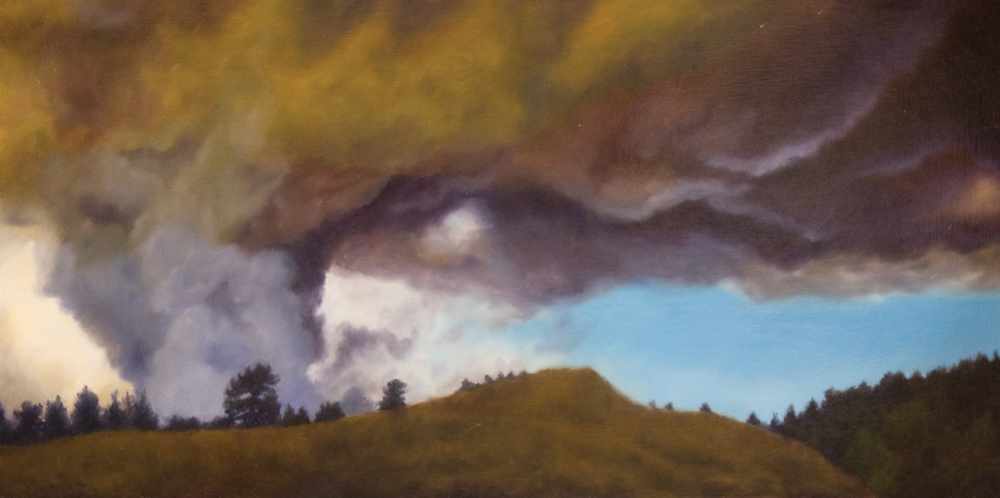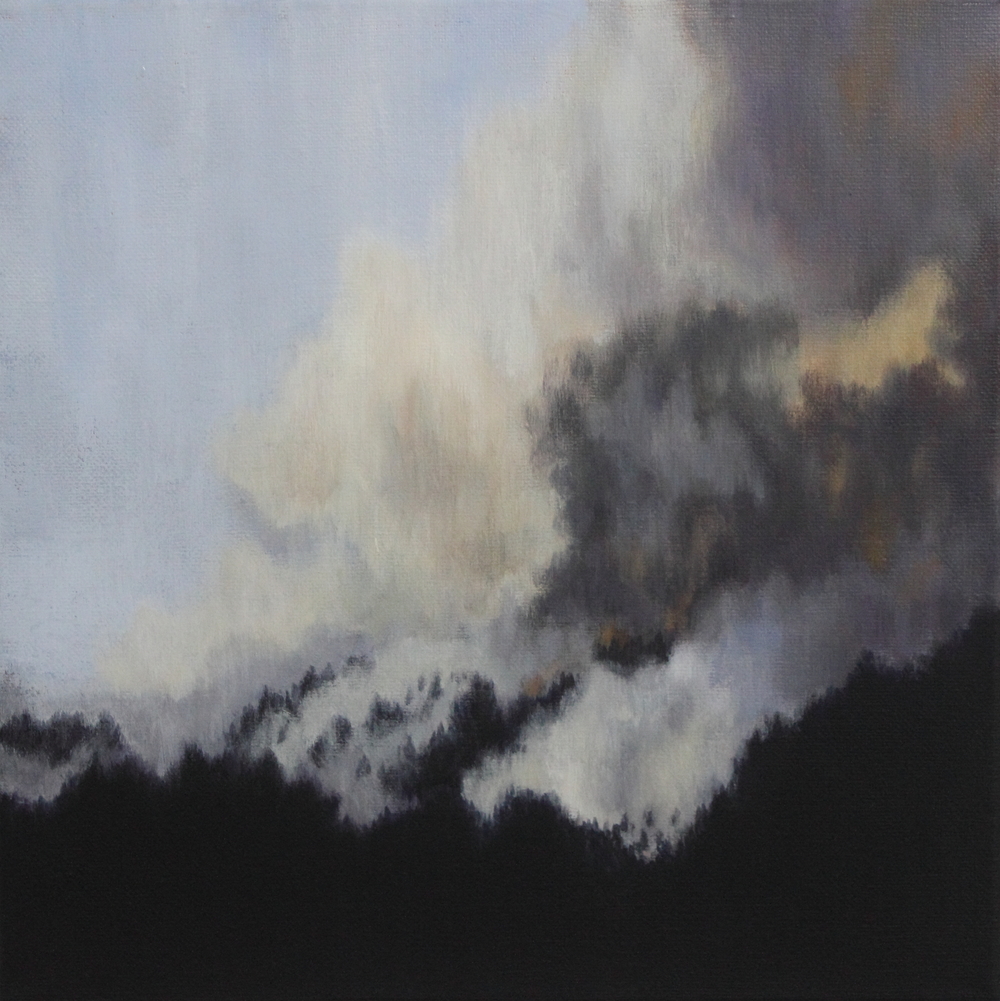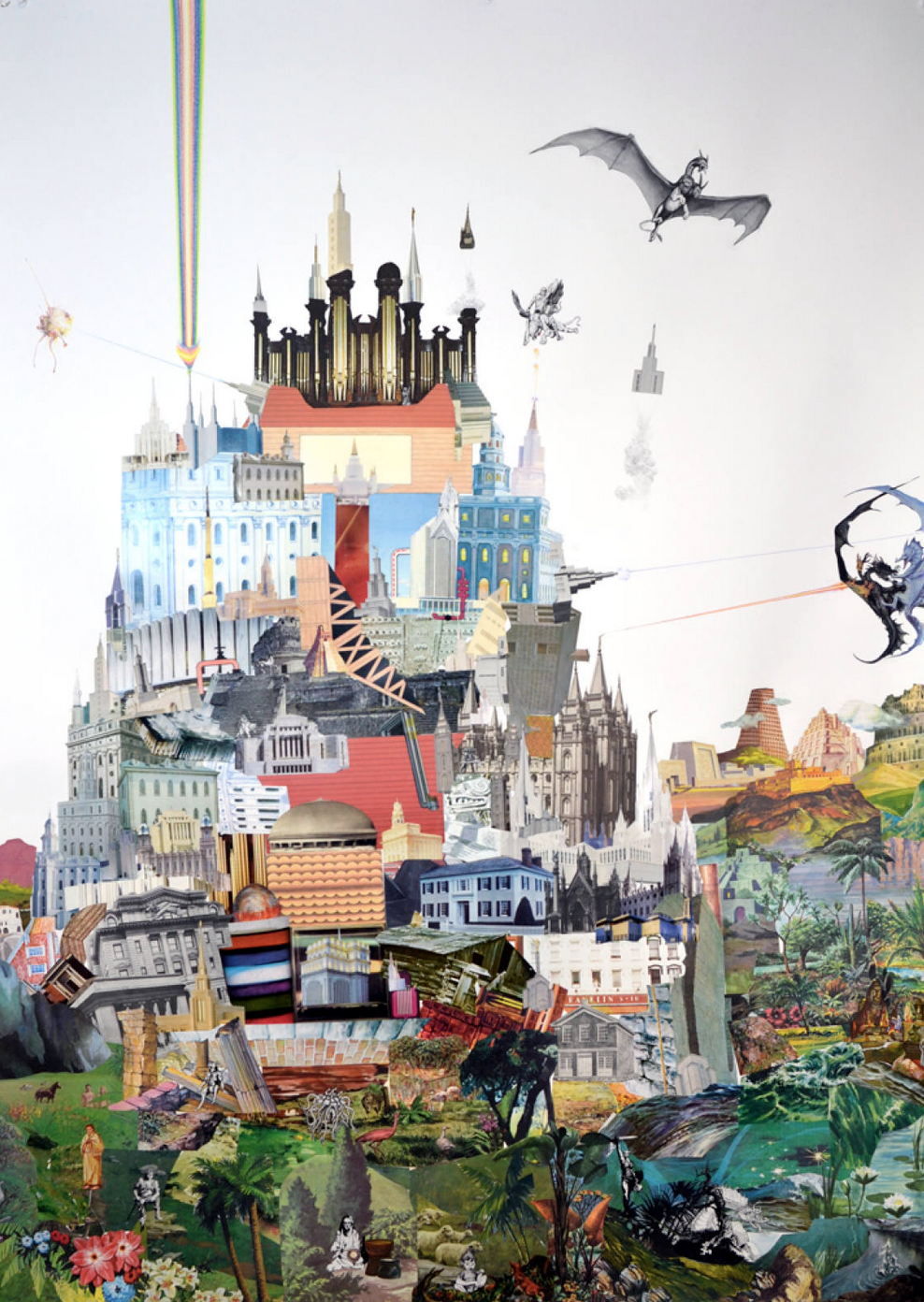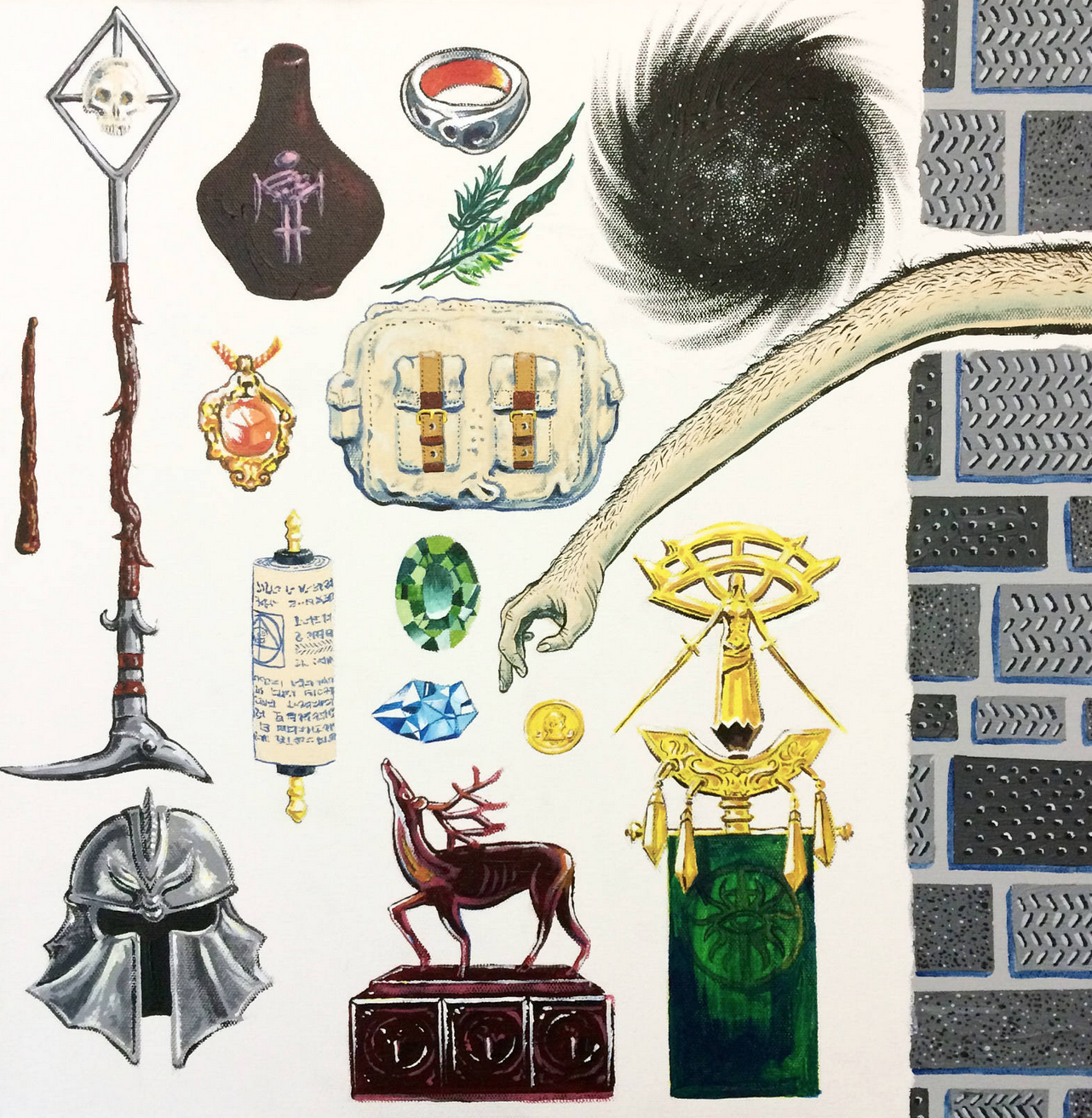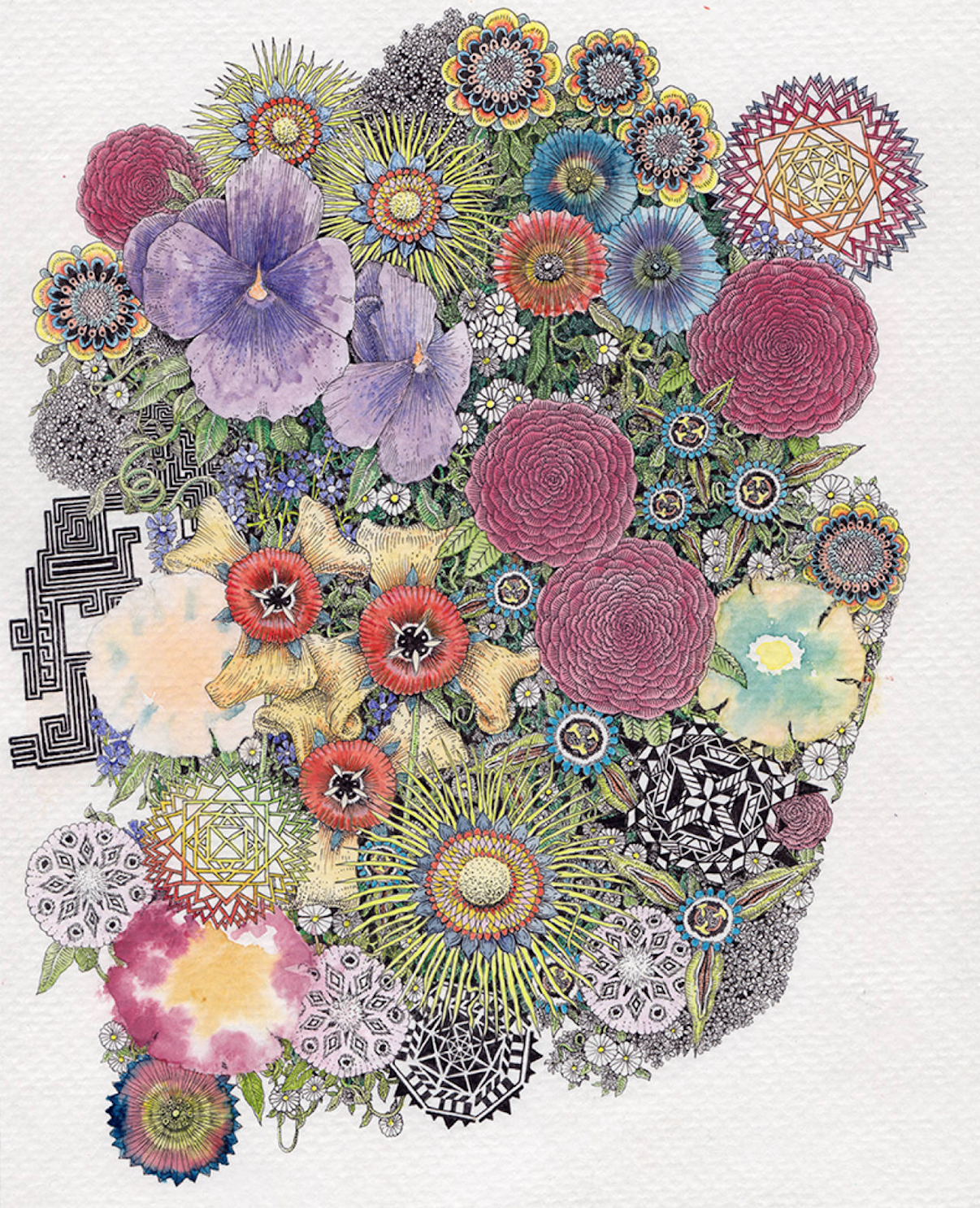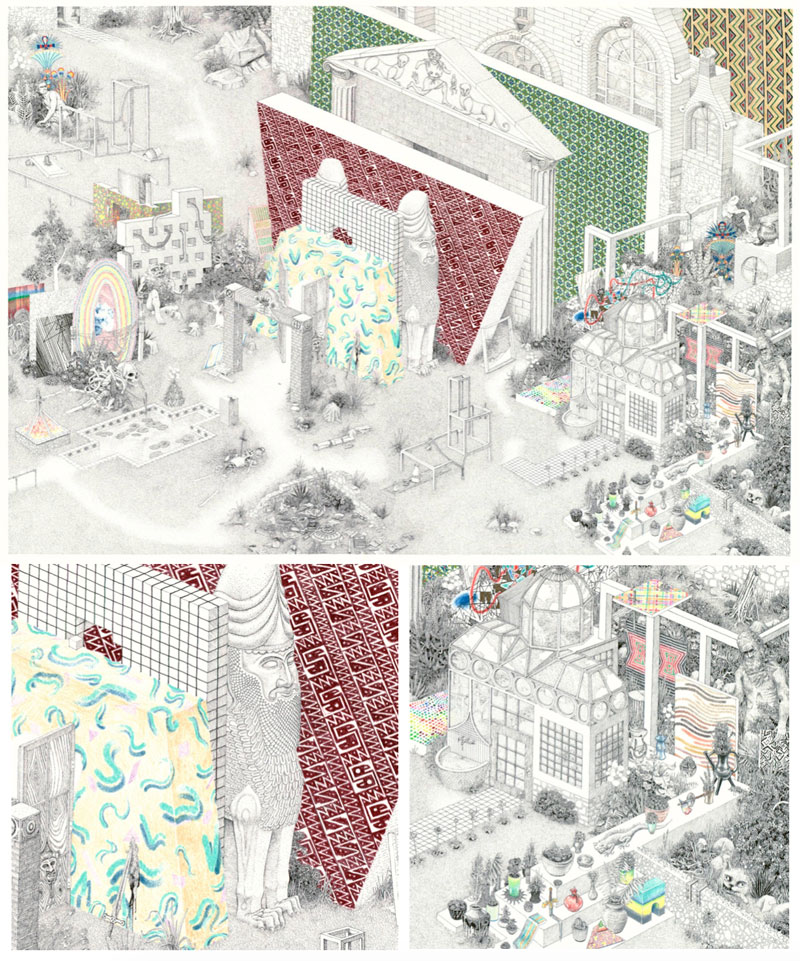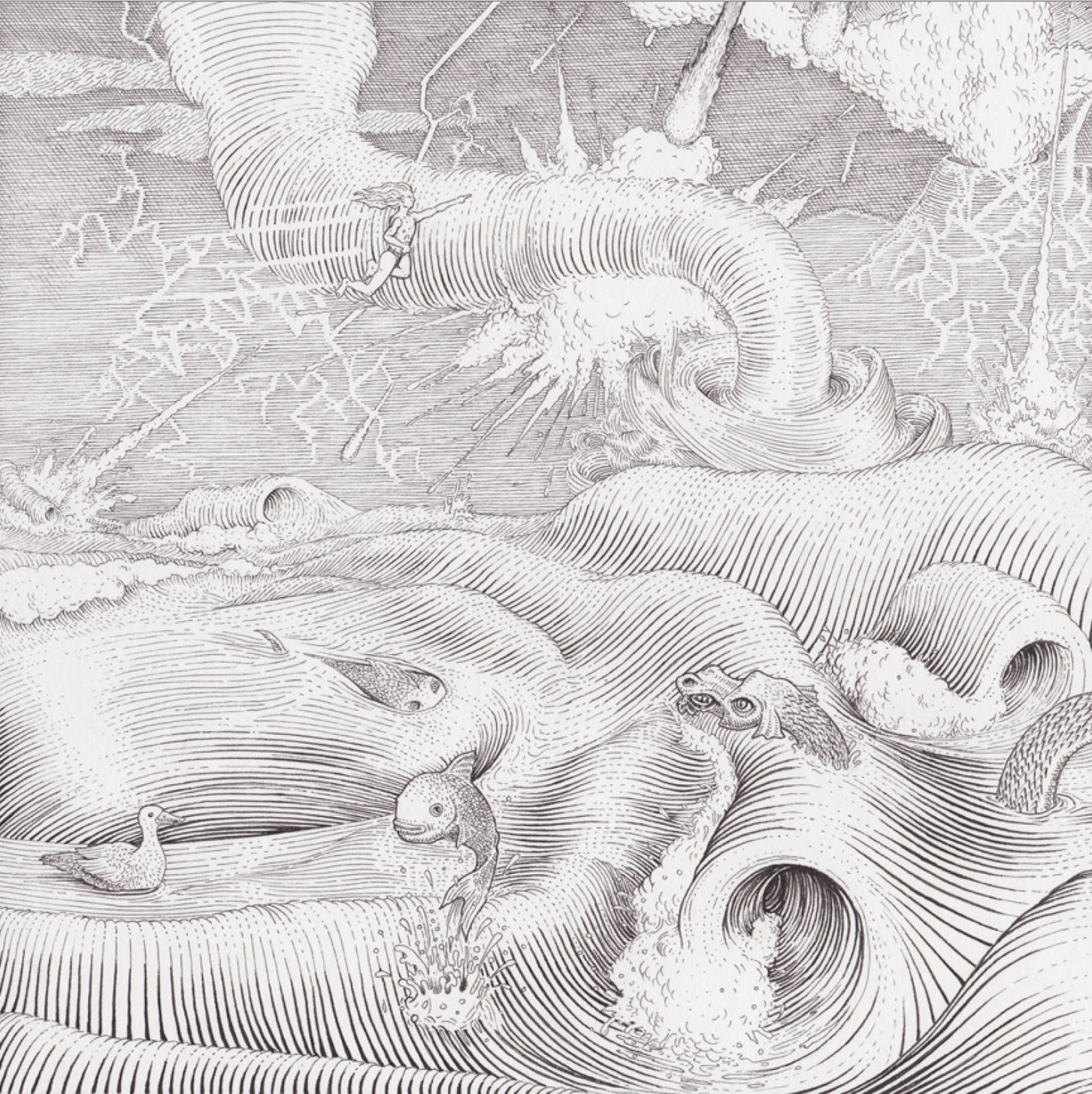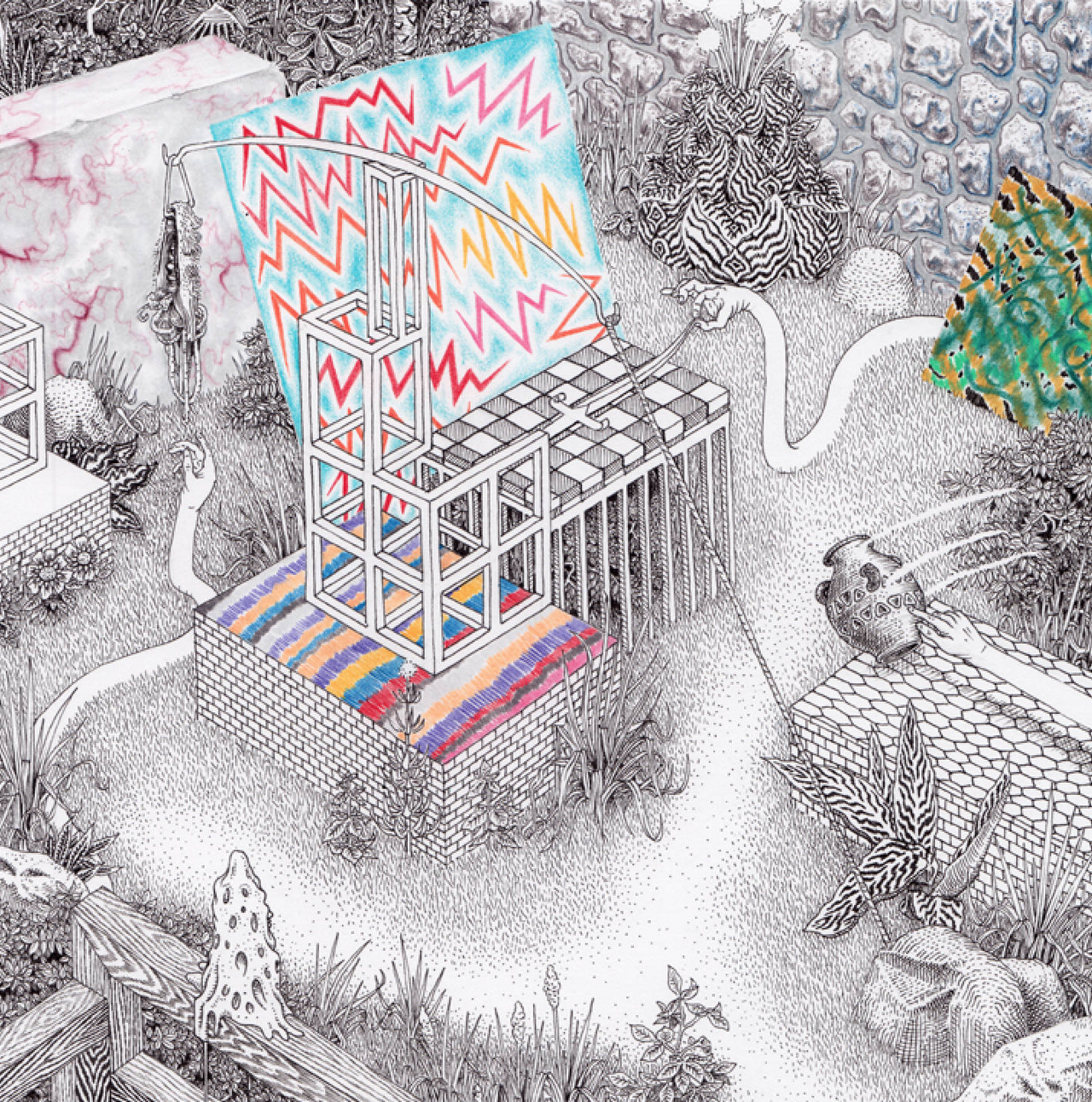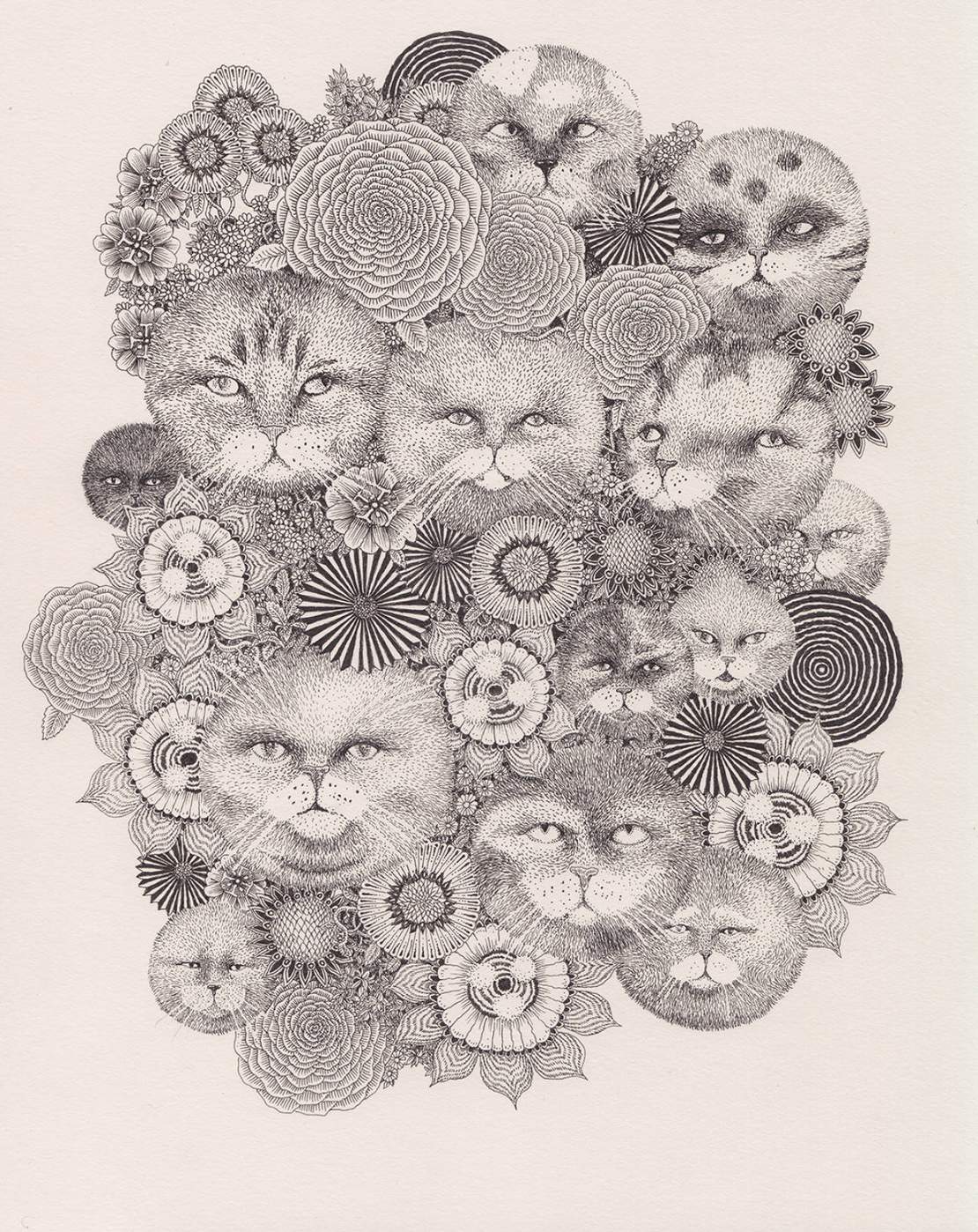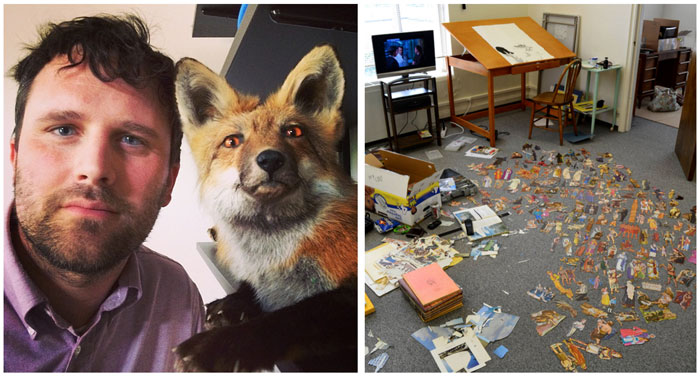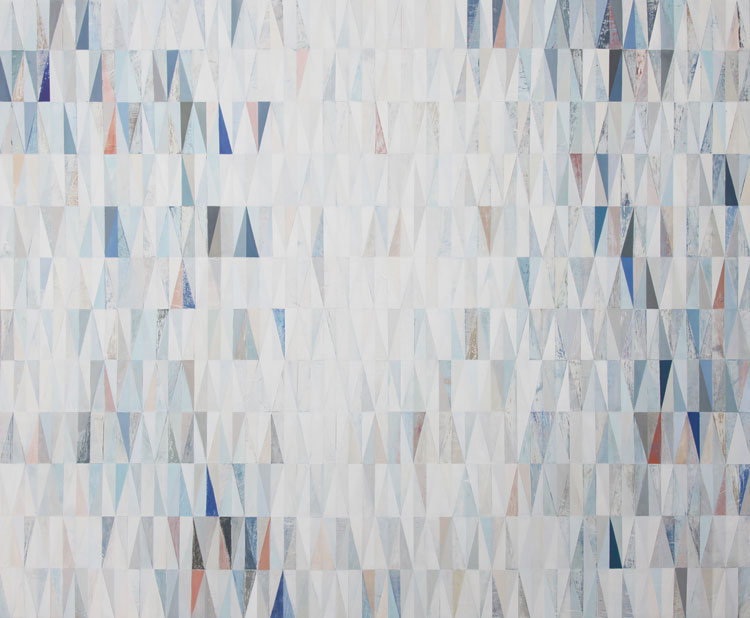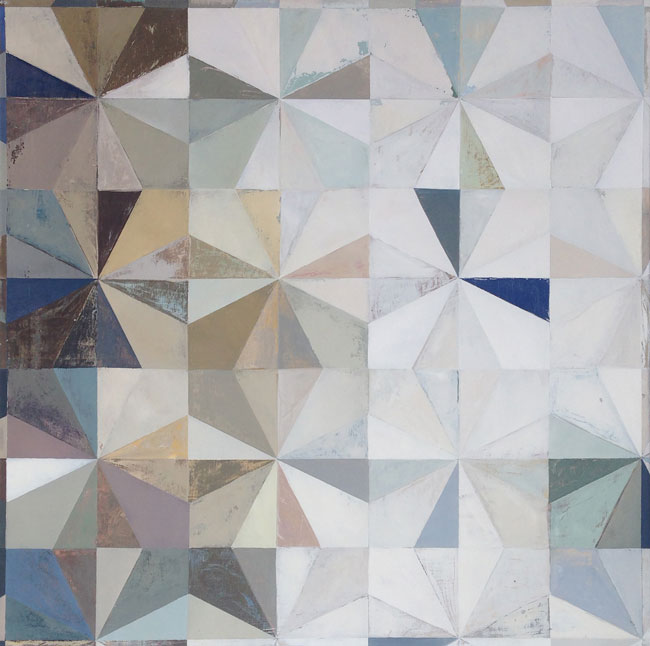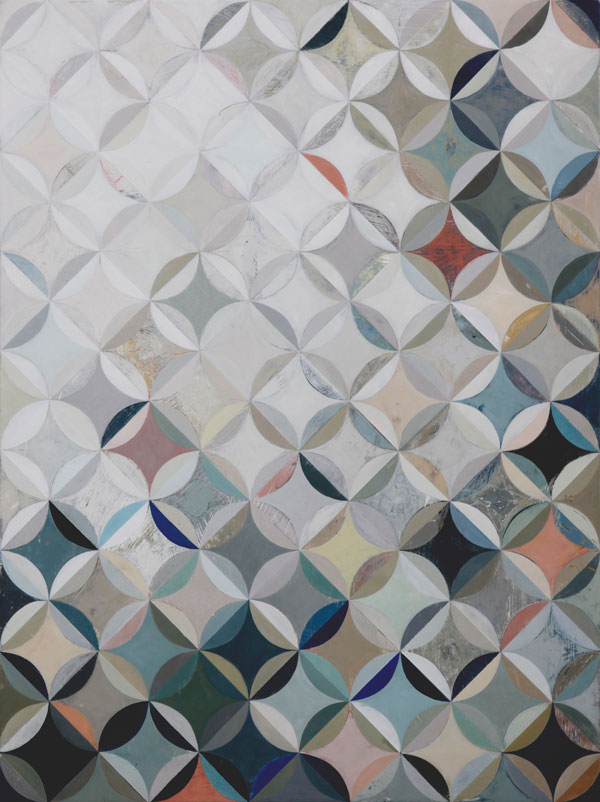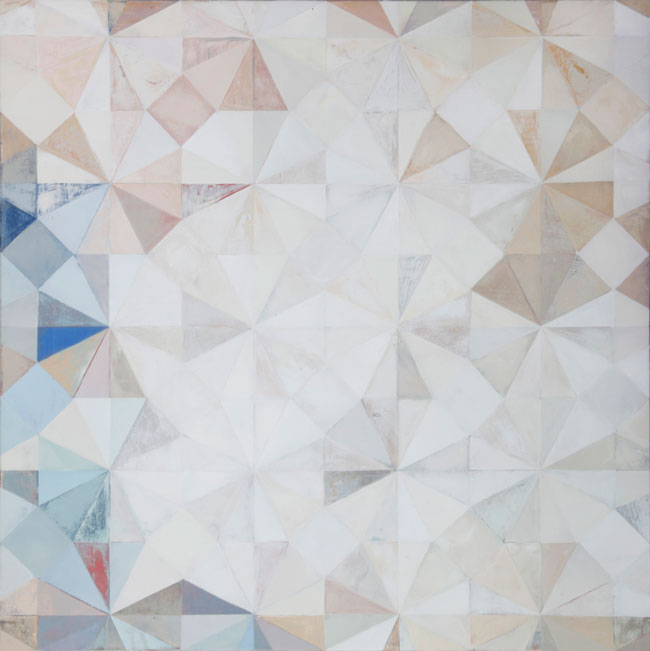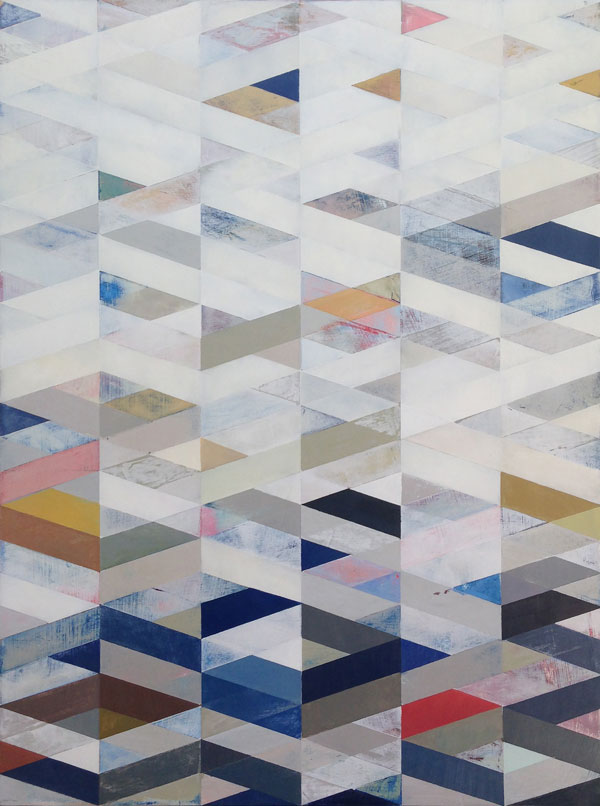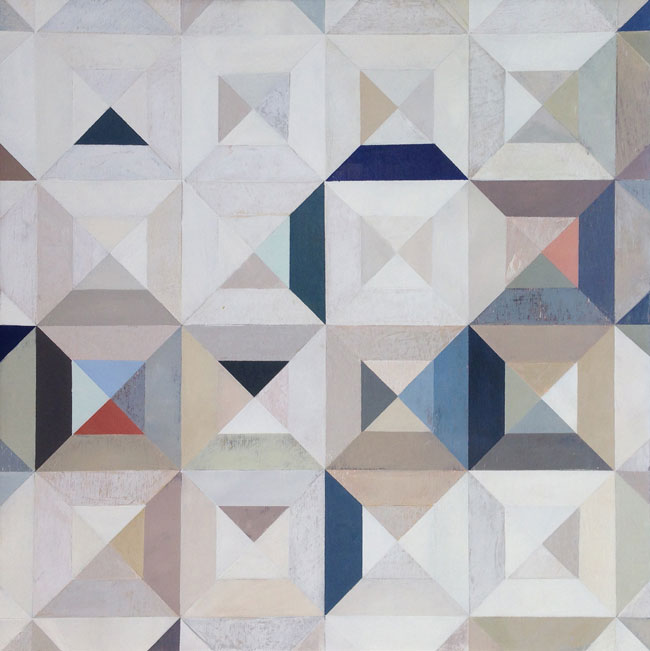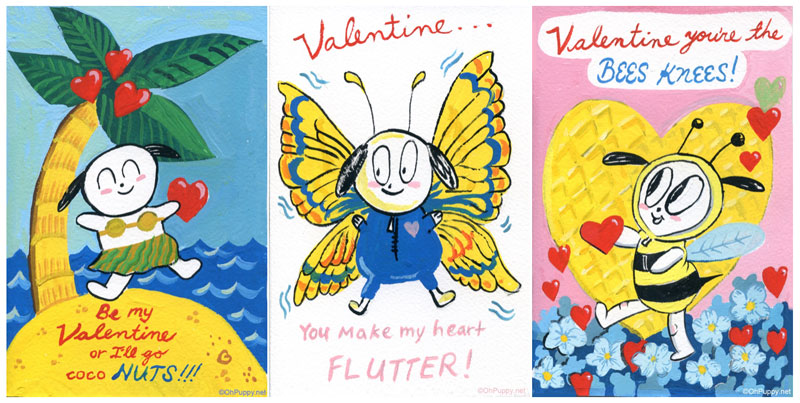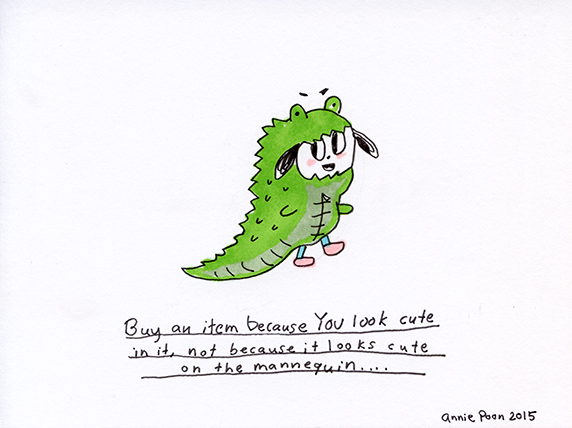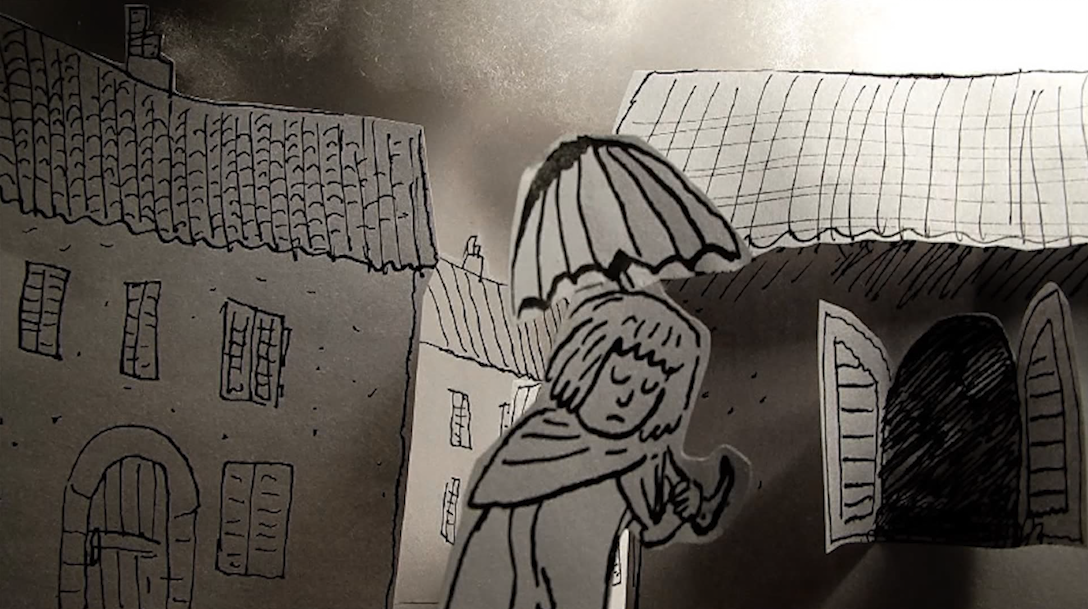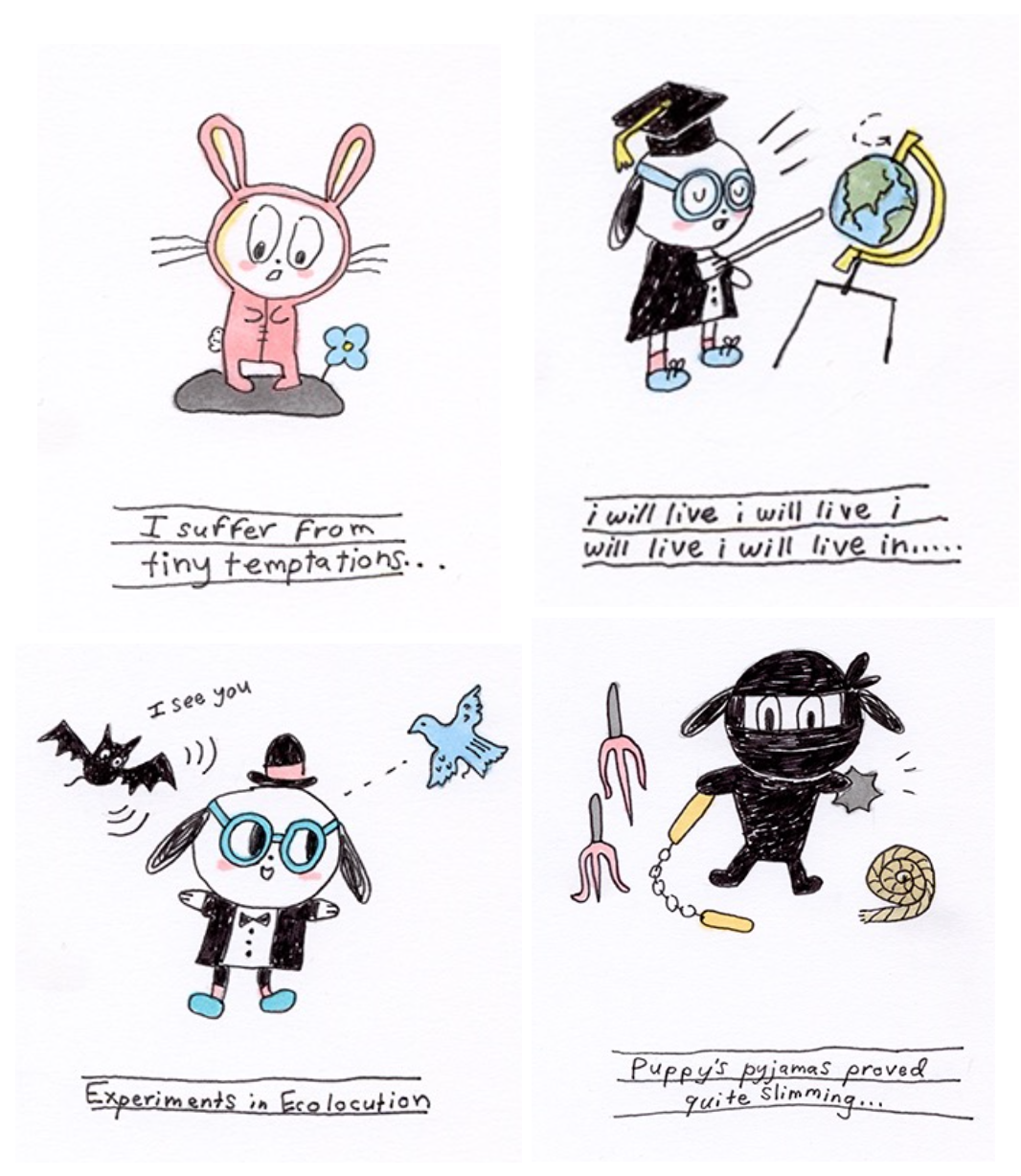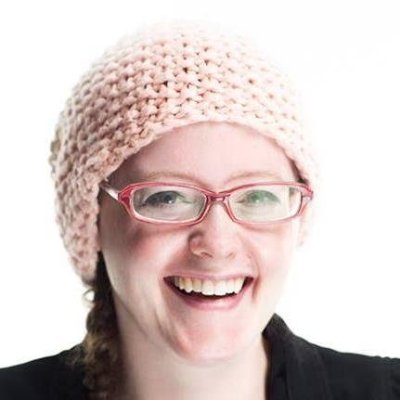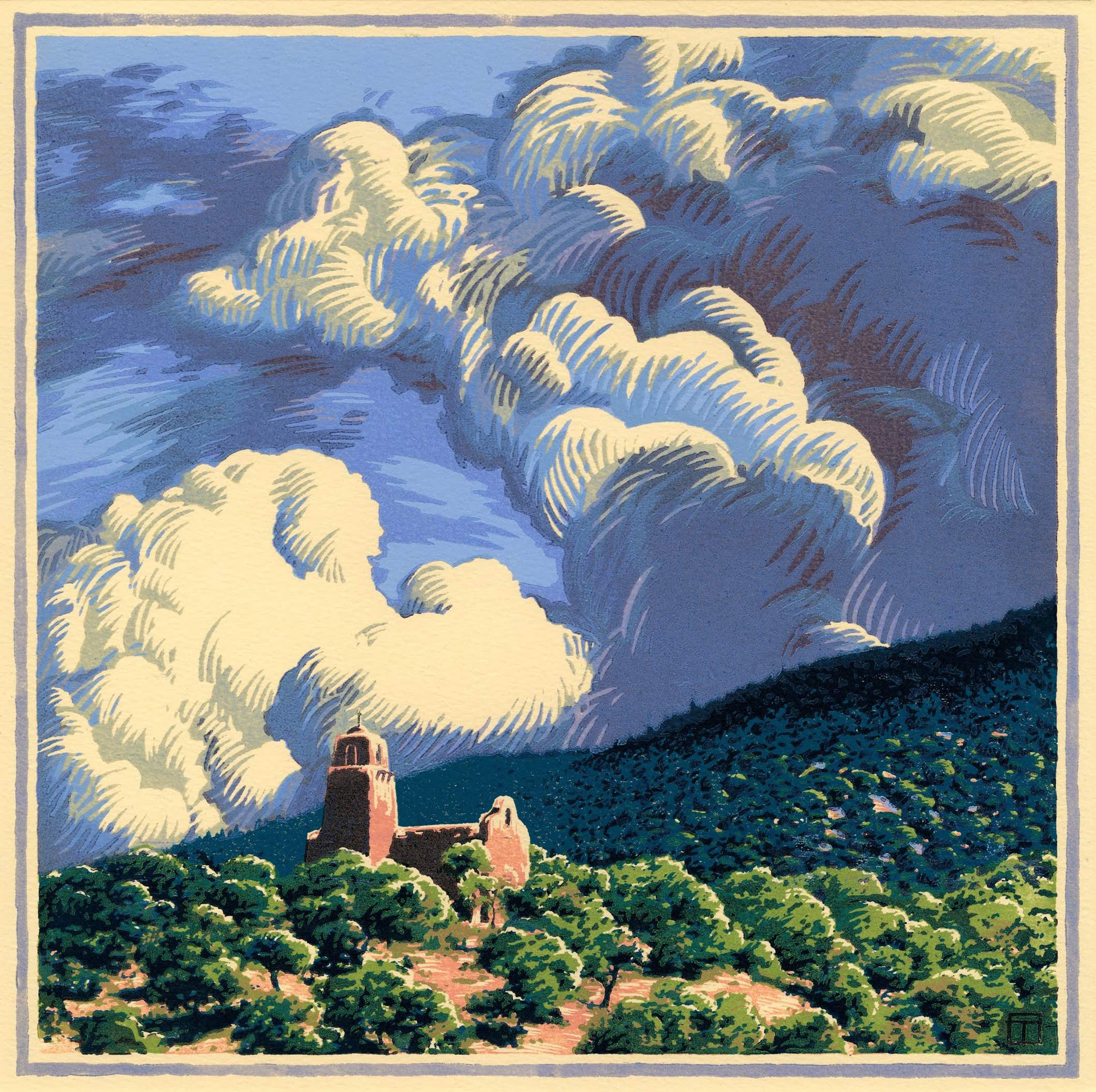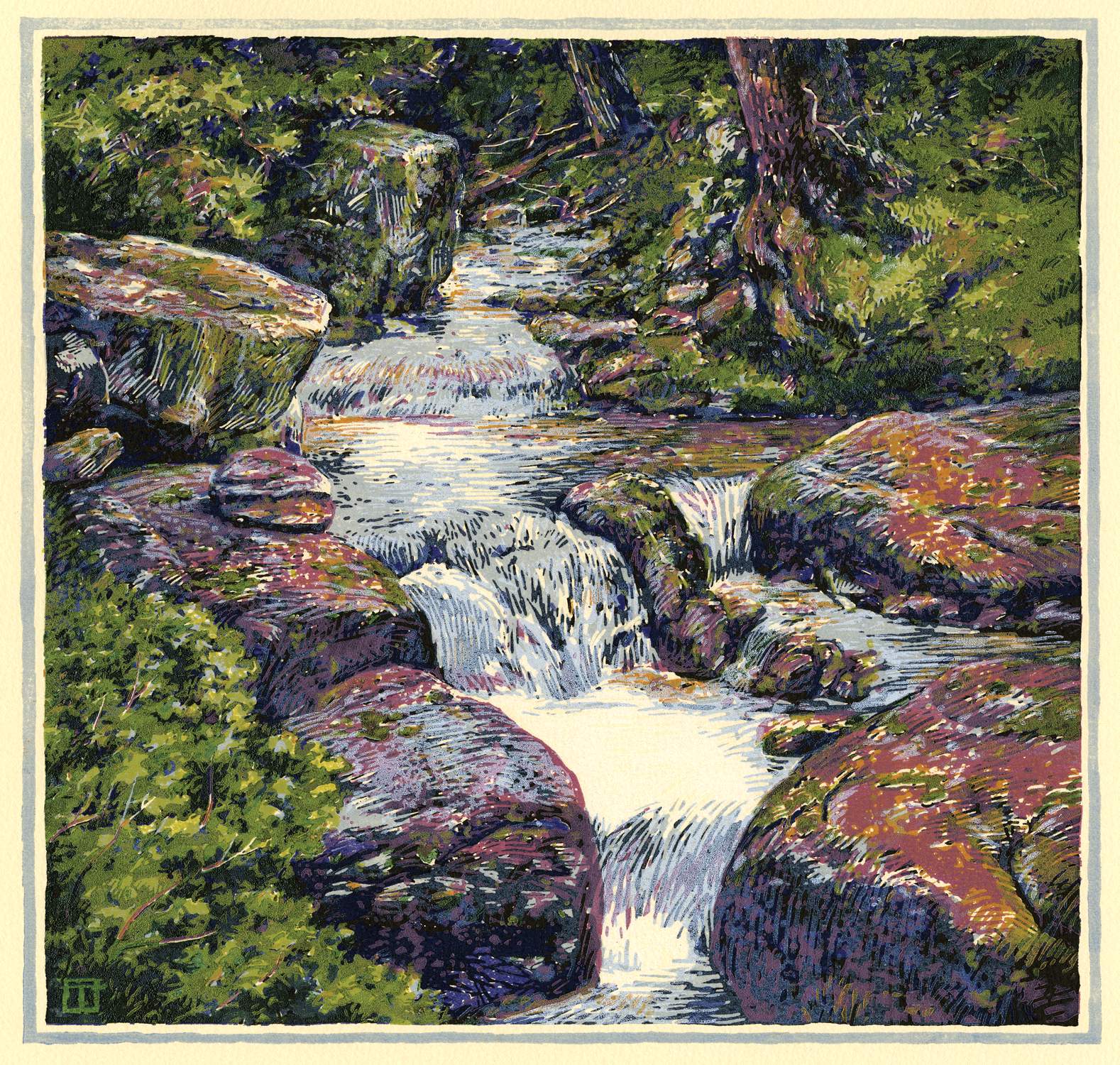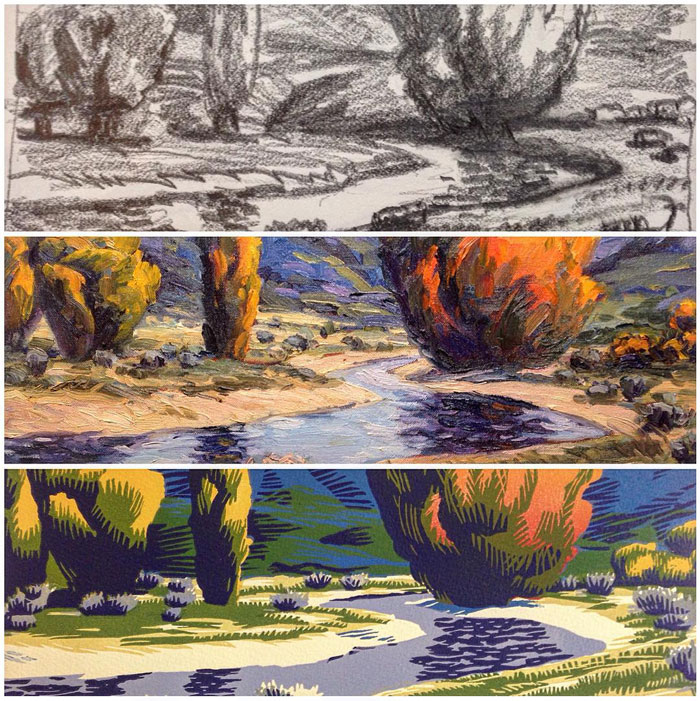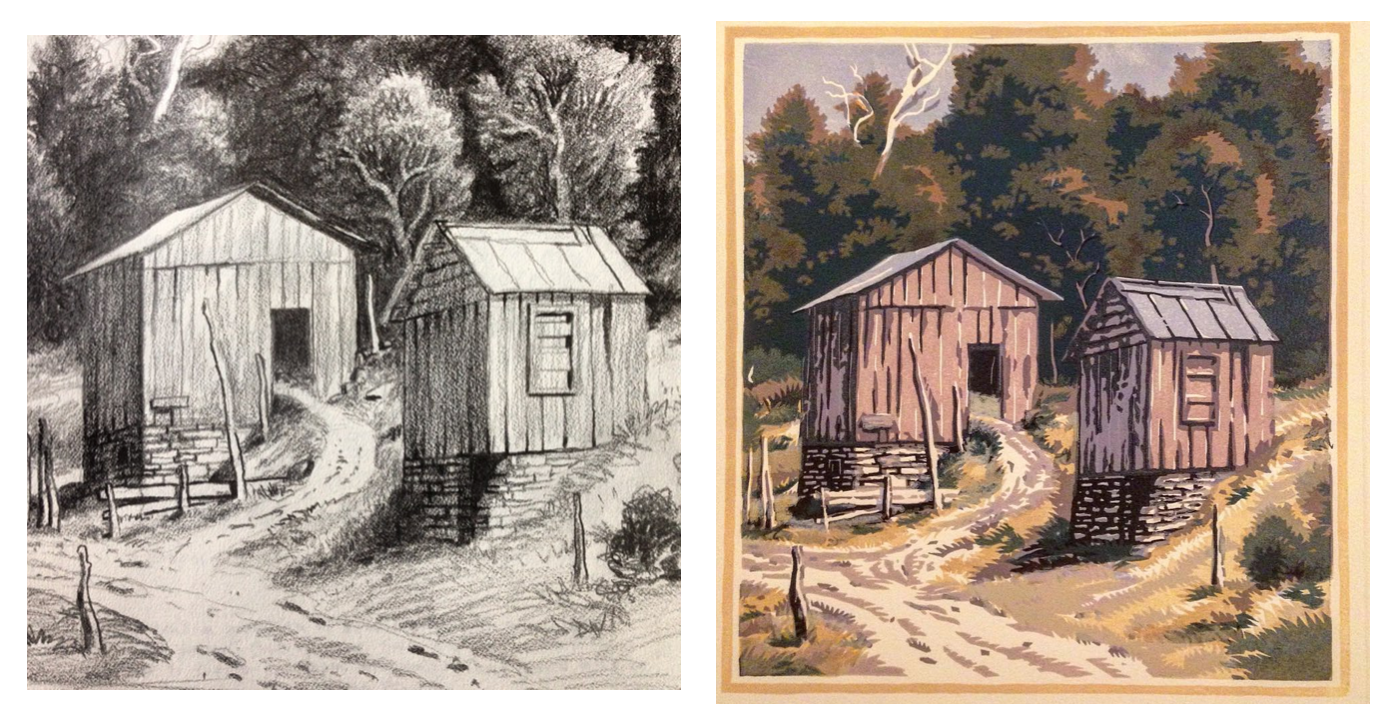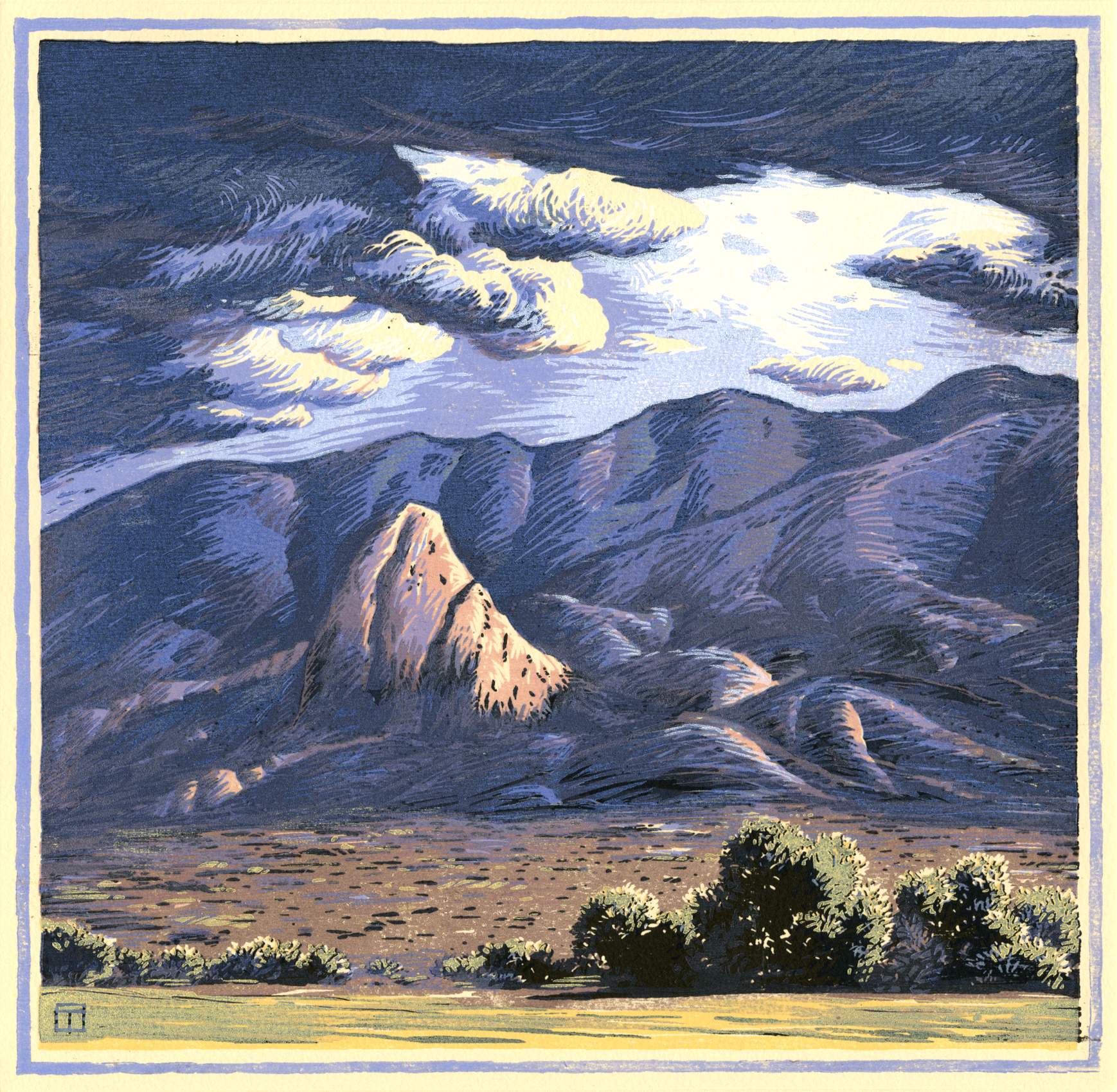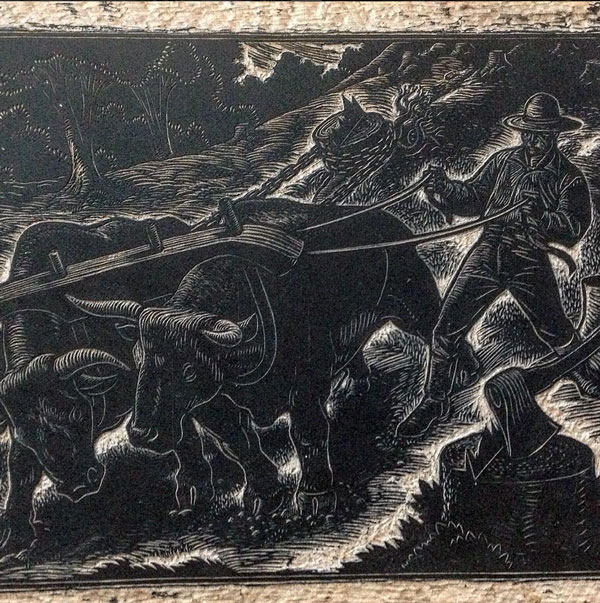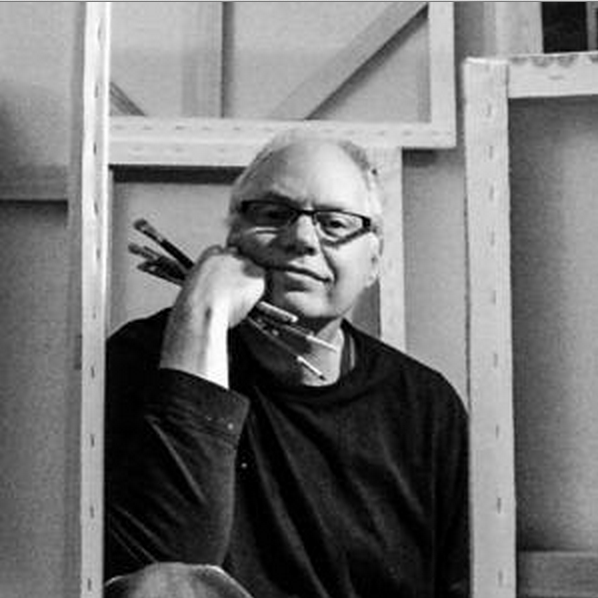Annastasha Larsen is a painter of fire. She grew up in Southern California amid annual wildfires that have been the genesis for much of her recent work. As she says, “I paint wildfires. Symbolizing the challenges of life bringing change and growth. Find beauty in struggle.” Larsen graduated from BYU. She, her military husband, and her one week-old child live in Mary Esther, Florida–our first artist from here in the Sunshine state.
You grew up in Southern California. Why do you think the forest fires of your youth provide so much of the subject matter for your art career? I grew up in Southern California and experienced many wildfires. I can never forget the sight of a smoke filled sky, ash landing on cars, flames, and the smell of burning. These experiences and memories left an impression on me of the power of nature. One particular experience was when I was in central California. My family was driving back home from a trip and we came across a wildfire. It was miles away, and we couldn’t see the flames. The smoke completely covered the sky and horizon in eerie colors, and mysteriously veiled the sun. I took pictures of that scene. It felt apocalyptic.
I felt overwhelmed and sad, but also wondered over this process of nature and just how small and powerless it made me feel as a human. Over four years later I came across that picture, while I was going to school at BYU, and decided to paint it for one of my classes. I wanted to depict a landscape scene that isn’t usually seen in artwork— that of destruction. The breaking down of nature through the element of fire. Though my work directly portrays destruction, I use color, perspective, style, and titles to make this body of work have layers of symbolism and meaning. I aim to direct viewers thoughts to nature’s process of destruction and rebirth and relate that pattern to our own lives.
You have had your share of challenges in life. Tell us what you think about the word resilient. When I think of the word resilient I think of overcoming great challenges and obstacles with brightness and hope. There’s an optimist feel to the word resilient. To me I think of someone who presses on through the storms and destruction of life, always looking forward and upward with hope. I also think of nature. Nature is incredibly resilient to the natural elements and disasters that befall itself. Seeing nature progress and change through challenges, is a reminder to myself to have faith, hope, and courage in my own struggles.
As an artist, how do you think your spirituality, your creativity, your voice, and your themes come together? With time and my own life challenges, I’ve come to better understand my subject and the important role my perspective and voice carry. My spirituality, creativity, voice, and themes come together in my paintings to share my testimony of Christ’s atonement, my own life challenges, and the optimism and hope I have for life. We, as children of God, have to experience opposition to know the good. That’s the whole point of this life, to learn, grow, and change with the struggles we face. My work is central to all these thoughts, beliefs, and experiences, coming together in a visual and tangible way.
What are you doing next? Having a baby, learning to find a balance between being an artist and a mother, and getting through my husband’s deployment. I also plan to take private lessons with another LDS artist in Utah, focus on making larger pieces, and continuing to share and sell my work. And I have a solo show I’m looking forward to locally, here in Florida, in the summer of 2016.
Visit Annastasha Larsen’s website.
